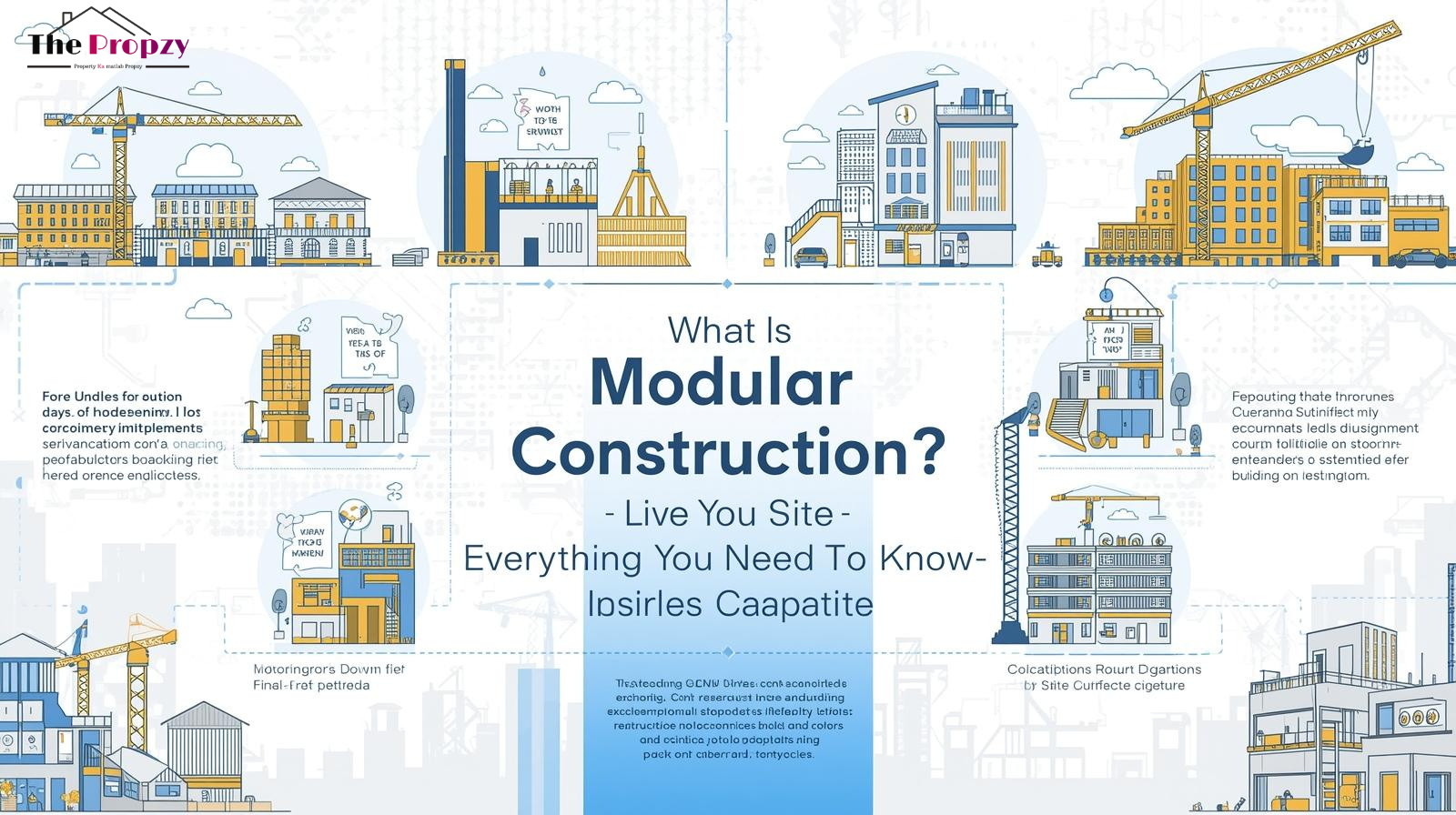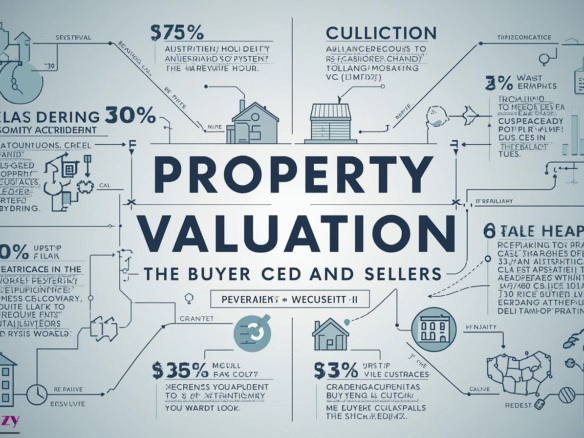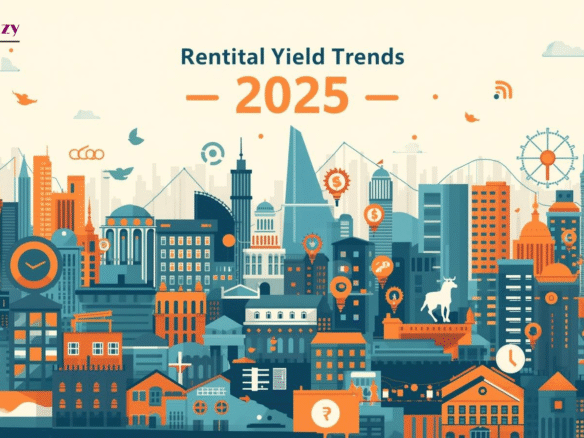The construction industry is evolving rapidly with innovative technologies, faster delivery methods, and sustainable practices. Among these transformations, modular construction has gained massive popularity worldwide. Whether it’s residential housing, commercial offices, or healthcare facilities, modular building solutions are changing how we think about designing and constructing spaces.
In this blog, we’ll dive into everything you need to know about modular construction — its meaning, process, benefits, challenges, and future scope.
Understanding Modular Construction
At its core, modular construction is a building method where structures are constructed in off-site factories under controlled conditions. These structures, called “modules,” are then transported and assembled on the actual site to create a complete building.
Unlike traditional construction, where everything is built from scratch on-site, modular construction relies on prefabricated units that save time, reduce costs, and maintain consistent quality.
Key Features of Modular Construction:
- Construction takes place off-site in factory settings.
- Modules are pre-engineered and pre-fabricated.
- The completed modules are transported to the site.
- Final assembly involves stacking and joining modules like building blocks.
- Buildings can be permanent or relocatable.
How Modular Construction Works
The process of modular construction combines advanced design, precision engineering, and logistics. Here’s a step-by-step look:
- Design Phase
- Architects and engineers create 3D digital models using Building Information Modeling (BIM).
- Every detail — electrical, plumbing, structure, and aesthetics — is planned in advance.
- Factory Fabrication
- Modules are built in factories under controlled environments.
- Each unit includes walls, flooring, ceilings, wiring, and sometimes even interior finishes.
- Transportation
- The modules are shipped to the construction site using trucks or cranes.
- On-site Assembly
- Modules are stacked and joined together.
- Plumbing, electrical, and finishing touches are connected seamlessly.
- Final Inspection
- The building undergoes quality checks to ensure safety and compliance with codes.
Types of Modular Construction
There are different types of modular construction depending on the building’s use and longevity:
- Permanent Modular Construction (PMC):
- Used for long-term structures like homes, schools, offices, and hospitals.
- Designed to last just as long as traditional buildings.
- Relocatable Modular Buildings (RMB):
- Temporary structures like site offices, classrooms, or event halls.
- Can be moved and reused at multiple locations.
Benefits of Modular Construction
Modular construction is revolutionizing the real estate and infrastructure sectors because of its wide-ranging benefits:
- Time Savings
- Construction happens simultaneously at the factory and site (site prep + module building).
- Reduces project timelines by up to 50%.
- Cost Efficiency
- Reduced labor costs due to shorter timelines.
- Fewer delays from weather, material shortages, or site issues.
- Quality Control
- Modules are built in controlled factory settings.
- Consistency in quality compared to on-site construction.
- Sustainability
- Less material waste through precision cutting.
- Energy-efficient designs and reduced environmental impact.
- Flexibility & Scalability
- Buildings can be easily expanded or reduced in size.
- Modules can be reused or repurposed.
- Safety
- Fewer on-site workers reduces accidents.
- Controlled environments minimize risks.
Applications of Modular Construction
Modular construction is versatile and suitable for multiple sectors:
- Residential Housing: Apartments, villas, student housing, and senior living.
- Commercial Spaces: Office buildings, retail outlets, and hotels.
- Healthcare: Hospitals, clinics, and emergency facilities.
- Education: Schools, training centers, and daycare facilities.
- Industrial Buildings: Warehouses, factories, and site offices.
- Government & Defense: Military housing, relief shelters, and disaster recovery units.
Modular Construction vs Traditional Construction
To understand modular construction better, let’s compare it with conventional methods:
Traditional Construction
- Built entirely on-site.
- Highly dependent on weather conditions.
- Longer timelines due to sequential processes.
- Higher labor requirements.
Modular Construction
- Majority built off-site in factories.
- Minimal weather disruptions.
- Faster completion with parallel processes.
- Requires fewer workers on-site.
Challenges in Modular Construction
Despite its many advantages, modular construction faces some hurdles:
- High Initial Investment:
Factories and logistics require significant upfront capital. - Transportation Issues:
Moving large modules can be expensive and logistically complex. - Design Limitations:
Certain architectural styles may be harder to achieve with prefabrication. - Perception Barriers:
Many people wrongly associate modular buildings with “low quality” or “temporary structures.” - Regulatory Approvals:
Zoning laws and building codes vary, creating approval delays in some regions.
Future of Modular Construction
The future looks promising as modular construction aligns perfectly with global needs for speed, affordability, and sustainability.
Key Future Trends:
- Increased use of 3D printing for module components.
- Integration of smart home technologies in modular housing.
- Growing adoption in urban housing due to space and time constraints.
- Expansion in developing countries for affordable housing solutions.
- Use of eco-friendly materials and green building certifications.
Final Thoughts
Modular construction is more than just a trend — it’s a practical solution to the modern challenges of construction. By offering speed, cost savings, sustainability, and flexibility, it is becoming the go-to choice for developers, governments, and businesses worldwide.






Join The Discussion